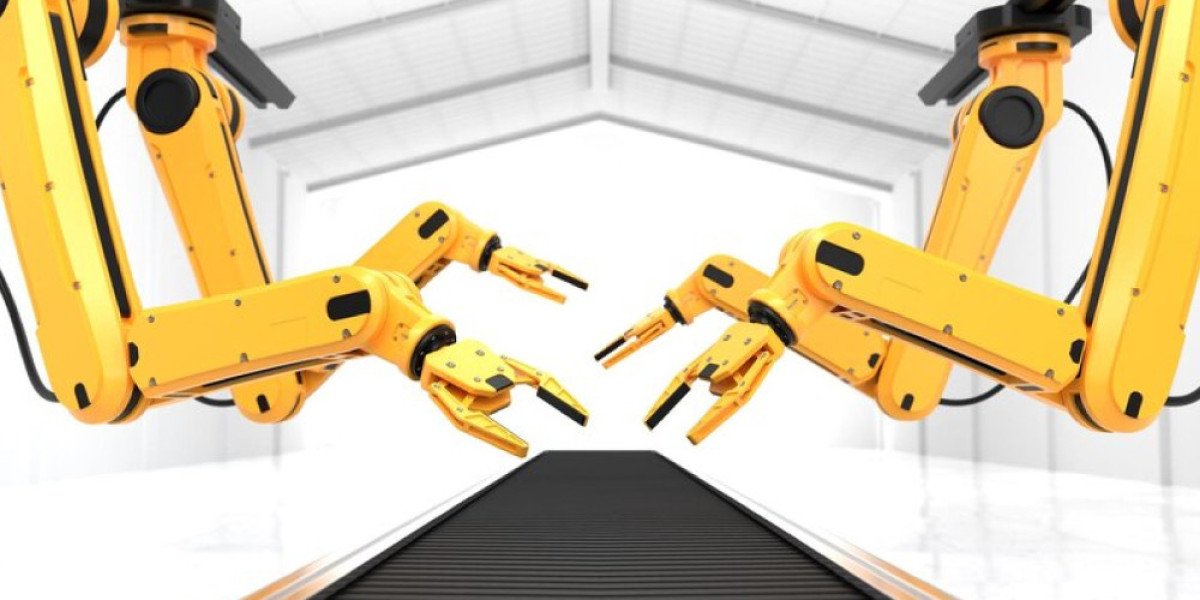Road and infrastructure machinery is critical for developing and maintaining transportation infrastructure across Asia Pacific. This category includes asphalt pavers, road rollers, and concrete mixers, essential for building and repairing roads and highways. The increasing focus on infrastructure development, coupled with government investments in transportation projects, is driving the demand for road construction equipment. Manufacturers are continuously innovating to enhance the efficiency, safety, and environmental compliance of their machinery, ensuring they meet the evolving needs of the construction industry.
The Asia Pacific heavy construction equipment market has witnessed significant growth over the past decade, driven by rapid urbanization, infrastructural development, and government investments in construction projects. The region, comprising countries like China, India, Japan, South Korea, and Australia, has emerged as a major hub for construction activities. This market encompasses a wide range of machinery, including excavators, bulldozers, cranes, loaders, and graders, all essential for large-scale construction projects. The increasing demand for residential, commercial, and industrial infrastructure has created a surge in the adoption of advanced and technologically sophisticated heavy equipment.
Market Dynamics
The growth of the Asia Pacific heavy construction equipment market is influenced by several key factors. Urbanization and population growth in countries like India and China have fueled the demand for housing, commercial buildings, and public infrastructure. Governments in the region are focusing on smart city projects, highway expansions, metro rail projects, and airport developments, further increasing the need for heavy machinery. Technological advancements, such as automation, GPS integration, telematics, and fuel-efficient engines, are driving the modernization of construction fleets. Manufacturers are now providing equipment that offers higher productivity, lower operational costs, and improved safety features.
Economic factors also play a crucial role in the market. Countries with strong GDP growth tend to have higher investments in construction and infrastructure, thereby increasing the demand for heavy equipment. On the other hand, market fluctuations, currency instability, and high equipment costs can act as restraining factors. Environmental concerns and stringent regulations regarding emissions are also prompting manufacturers to develop eco-friendly equipment powered by electric or hybrid engines.
Key Segments and Applications
The Asia Pacific heavy construction equipment market can be categorized by equipment type, application, and country. Excavators remain one of the most popular and widely used types of machinery due to their versatility in tasks such as digging, lifting, and demolition. Bulldozers are used for grading, leveling, and site preparation, while loaders are essential for material handling. Cranes, both mobile and tower types, facilitate vertical construction and large-scale projects, whereas graders are used for road construction and maintenance.
In terms of application, the market serves several sectors, including residential construction, commercial projects, infrastructure development, and mining activities. The infrastructure segment, particularly roads, bridges, and metro rail networks, is a significant driver of demand in countries like India and China. The mining sector also contributes to the market, especially in Australia and Indonesia, where the extraction of minerals and coal requires heavy-duty machinery.
Technological Advancements
Technological innovation has been a defining factor in the evolution of the heavy construction equipment market in the Asia Pacific region. Manufacturers are integrating advanced features such as telematics systems, IoT connectivity, and GPS-based fleet management solutions to enhance operational efficiency. Autonomous and semi-autonomous equipment is gradually being introduced, offering improved precision, reduced labor costs, and enhanced safety on construction sites. Additionally, hybrid and electric construction equipment is gaining traction as governments and companies focus on reducing carbon footprints and complying with environmental regulations.
Moreover, digital platforms and predictive maintenance solutions are transforming the market by providing real-time insights into equipment performance, reducing downtime, and extending machinery lifespan. These technological trends not only improve productivity but also reduce operational costs, making heavy construction equipment more attractive to contractors and construction firms.
Regional Insights
China dominates the Asia Pacific heavy construction equipment market due to its massive urbanization initiatives, infrastructure development, and investments in smart city projects. India is emerging as a high-growth market, supported by government programs such as “Smart Cities Mission” and “Bharatmala” for road development. Japan and South Korea are focusing on technologically advanced machinery, while Australia’s demand is primarily driven by mining and infrastructure activities. Southeast Asian countries, including Indonesia, Thailand, and Vietnam, are witnessing steady growth, with investments in residential and commercial construction fueling demand for heavy machinery.
Competitive Landscape
The competitive landscape of the Asia Pacific heavy construction equipment market is highly fragmented, with several global and regional players operating in the region. Key manufacturers are focusing on product innovation, partnerships, strategic expansions, and after-sales services to maintain a competitive edge. Leading companies are investing heavily in research and development to introduce equipment that is more fuel-efficient, environmentally friendly, and equipped with smart technologies. Competitive pricing and local manufacturing capabilities are also important factors for market growth, especially in price-sensitive regions.
Market Outlook
The Asia Pacific heavy construction equipment market is expected to continue its upward trajectory over the coming years, driven by large-scale infrastructure projects, urbanization, and technological advancements. Adoption of smart construction practices, green machinery, and connected equipment will reshape the market landscape. Governments in the region are likely to increase investments in transport networks, energy infrastructure, and housing development, sustaining demand for heavy construction equipment. However, challenges such as high equipment costs, maintenance requirements, and regulatory constraints may impact growth.
Conclusion
The Asia Pacific heavy construction equipment market represents a dynamic and evolving sector with tremendous potential. With increasing investments in infrastructure, urban development, and industrial expansion, the demand for advanced machinery is poised to rise steadily. Technological innovations, regional development initiatives, and environmental considerations will shape the future of this market, creating opportunities for manufacturers, contractors, and investors alike. The market’s growth trajectory indicates a promising landscape for stakeholders who can adapt to changing requirements and leverage innovation to meet the region’s construction demands.
More Related Reports:




